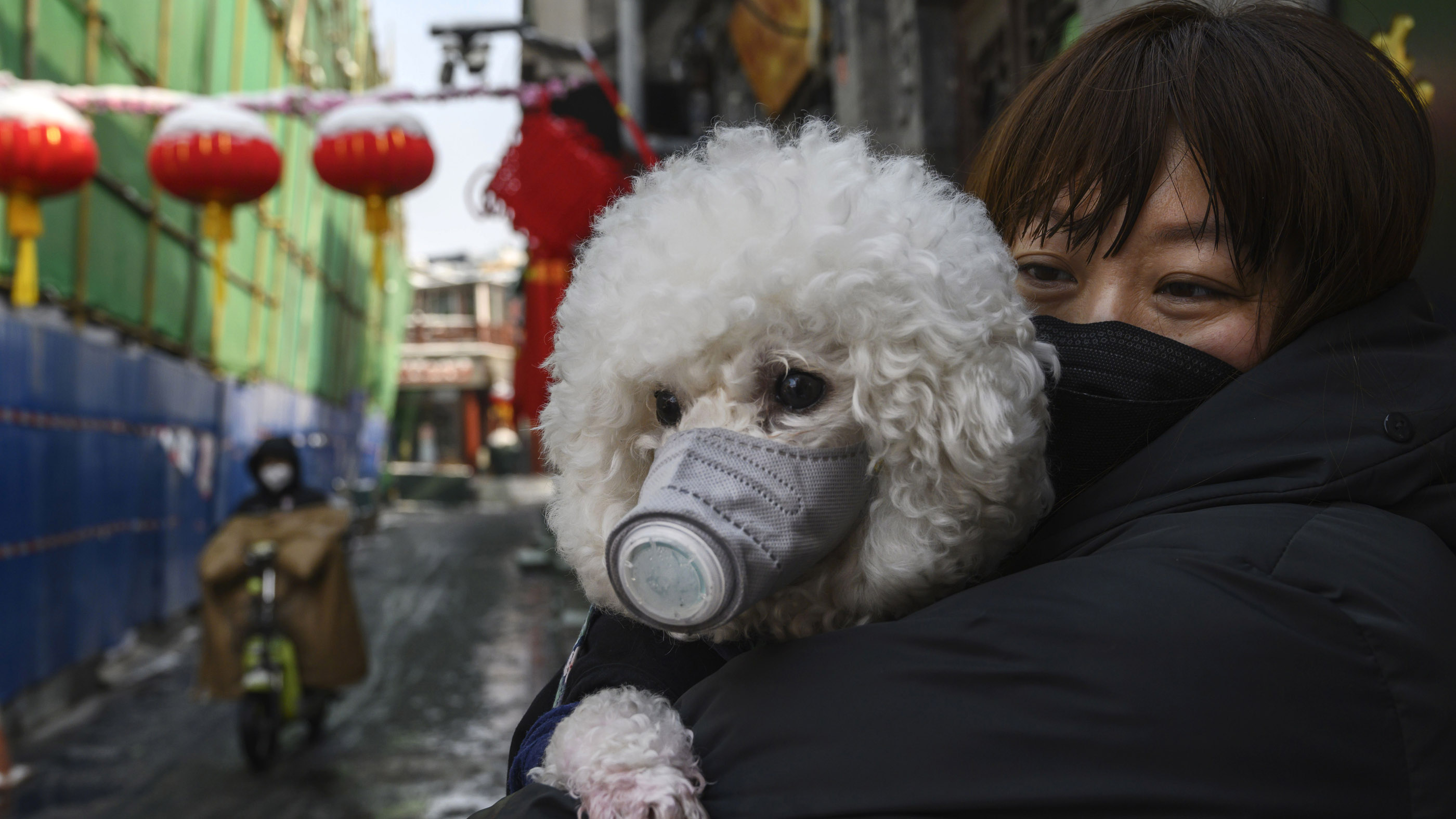I'm practicing social distancing and following local stay-at-home orders. How susceptible am I to infection with the virus that causes COVID-19 even though I've taken these precautions?
Answer From William F. Marshall, III M.D.
The virus that causes coronavirus disease 2019 (COVID-19) spreads from person to person in respiratory droplets released when someone with the virus coughs, sneezes or talks.
But it can also spread from a person who has the virus to any surface he or she touches, which may make you wonder about everyday situations. How risky is it to go to the grocery store? Could there be germs on that takeout container from your favorite restaurant? What about the water you drink?
Experts don't have all of the answers about potential ways the virus that causes COVID-19 spreads, but here's what's known so far:
- Food containers and packaging. There's no evidence of anyone contracting the virus that causes COVID-19 after touching food containers and food packaging. Many restaurants are now offering no-contact takeout and delivery to lessen the risk of transmission.Still, if you're concerned, it's reasonable to follow general food safety guidelines. Wash your hands for at least 20 seconds with soap and water after handling takeout containers, and then transfer food to a clean dish using clean utensils. Wash your hands again before eating. After disposing of containers, clean and disinfect any surfaces that had takeout containers on them.
- Grocery store produce. It's possible that the new coronavirus might linger on fruits and vegetables that have been handled by a person with the virus. Whether this could make you sick with COVID-19 isn't known.Best practice is to follow food safety guidelines and wash all fruits and vegetables thoroughly before eating them, by running them under water. Soap isn't needed. You can scrub produce that has a rind or thick skin with a clean produce brush. Also wash your hands well with soap and water as soon as you get home from the grocery store.Clean and disinfect any reusable bags that you carried to and from the store. Most cloth bags can go through the washer and dryer; other bags can be cleaned using a disinfectant wipe or spray.Consider wearing a mask while grocery shopping, when it can be difficult to maintain social distance from other shoppers. In some areas or at certain stores, wearing a mask may be required.
- Household surfaces. In a study by the U.S. National Institutes of Health (NIH), researchers found that the virus that causes COVID-19 can live up to four hours on copper, up to 24 hours on cardboard, and up to three days on stainless steel and plastic surfaces. Regularly clean and disinfect commonly touched household surfaces — such as tables, countertops, doorknobs, light switches, toilets, faucet handles and sinks.
- Drinking water. The virus that causes COVID-19 hasn't been detected in drinking water. Water treatment facilities have processes to filter and disinfect water before it goes into your home.
- Close contact with people. Especially to people who don't live in your household, don't get too close. Keep the rule of social distance in mind: Try to stay 6 feet (2 meters) away from others.Respiratory droplets from the virus that causes COVID-19 can spread to a person 6 feet or closer after someone with the virus coughs, sneezes or talks, which can put you at risk if you're within that 6-foot circle.
- Dogs and cats. There have been reports of some pets, including dogs and cats, being infected with the virus that causes COVID-19 after close contact with people who had the virus. Often, the animals showed no signs of being sick.The virus that causes COVID-19 mainly spreads from person to person. Experts don't consider animals to be a significant way that coronavirus spreads. But this is an area of ongoing investigation.Treat your pets as if they were people, keeping them at least 6 feet (2 meters) away from other people and animals outside your household and staying at home when possible.
- Swimming pools and hot tubs. There's no evidence that the virus that causes COVID-19 spreads through swimming pools and hot tubs.
- Stool, urine and other body fluids. Respiratory droplets are the main source of spread of the virus that causes COVID-19. The virus has also been detected in the stool of some people who are sick with COVID-19.Experts don't know yet what the risk of transmission from stool might be, but the virus that causes COVID-19 may have the potential to spread through untreated sewage. Also unknown is whether other body fluids, such as urine, vomit, breast milk or semen, could be ways the virus might spread.
By following social distancing and your local public health guidelines, such as staying at home when you can and wearing a face mask when you must go out, you help to lower your risk of infection. You also help protect other members of your community.
Source by Technihelps.com

